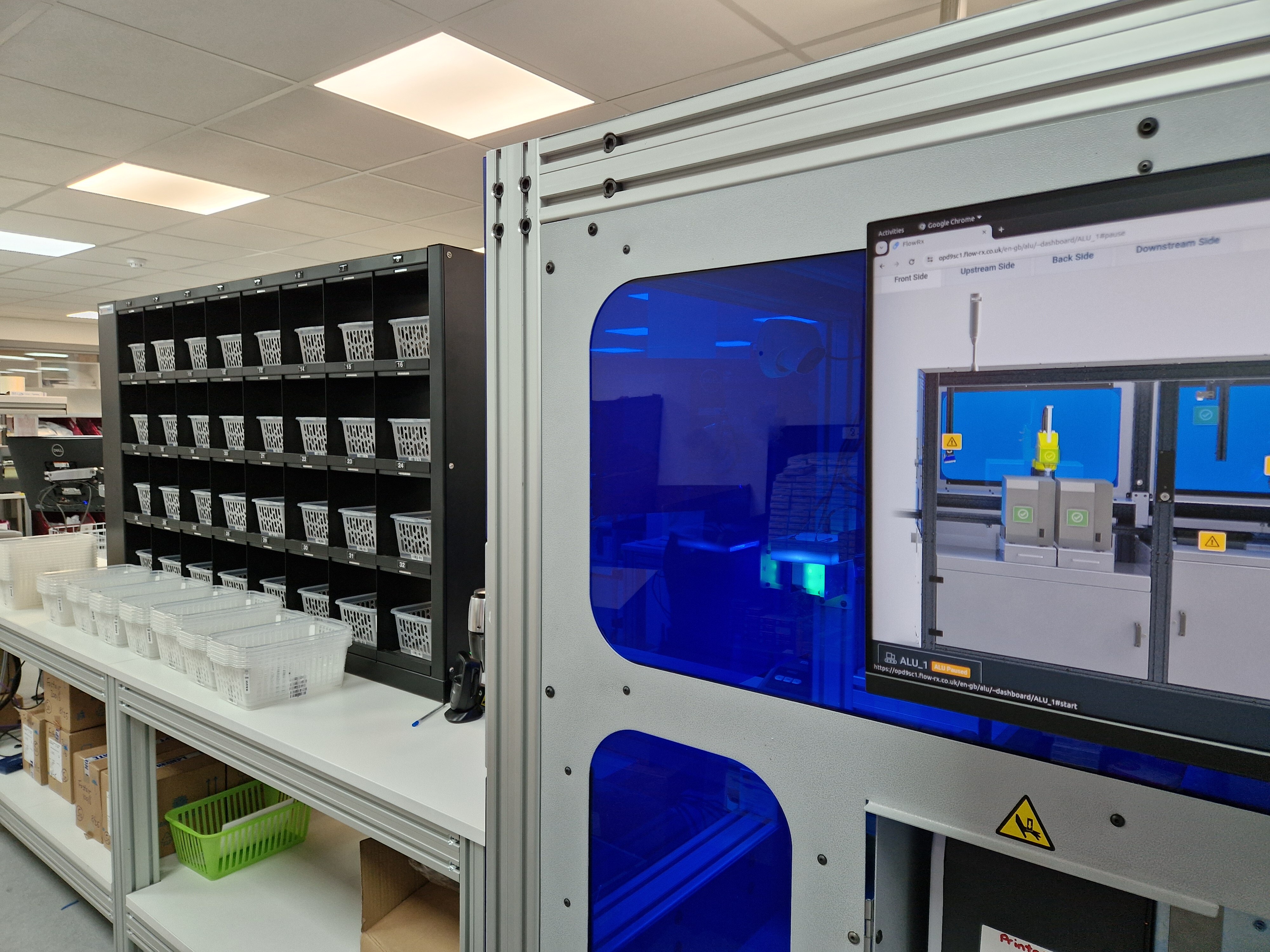Centred Solutions Managing Director, Paul O’Hanlon takes a look at the changing role of pharmacy and the role of technology
The Covid 19 pandemic resulted in a significant acceleration of transformational change for those in the pharmacy profession. It’s clear that the public’s perception of pharmacy has now shifted and as a result expectations are higher.
Gone are the days when pharmacists were there to simply dispense prescribed medication. Today they are the first line of defence in the health care sector, triaging and treating patients with minor illnesses and providing vital support to patients on complex medication regimes.
And this clinical role is about to evolve even further. Speaking at the Clinical Pharmacy Congress just last month, Chief Pharmaceutical Officer for England, David Webb said: “Over the next four years, we're going to see a great deal more change…. We will all need to be ready to harness the possibilities as they arise, so that we can work together to ensure that patients get the very best possible care from us as an integrated team wherever we are in the system. At the core of this will be the most fundamental change from our profession in decades. Every pharmacist will be a prescriber on registration from September 2026. This totally transforms the professional landscape from now and we need to frame everything we're doing with this in mind.”
This shift in role has also been acknowledged by new funding models with payments now more focused on NHS services provided rather than prescriptions dispensed. The vision is clear, community pharmacy will play an essential part in Integrated Care Systems. They will take on an expanded role in treating minor illness and improving medicines safety and optimisation, managing long term conditions and prescribing to reduce pressures elsewhere in the health and care system. This will need the NHS to trust in pharmacy to be able to deliver more services in the community. However, it works both ways, and the pharmacy community also need to prove they have the appetite and the capacity to deliver these new clinical services.
To release this capacity those working in community pharmacy need to be freed up from the back office, manual and logistic tasks that consume significant amounts of time and take them away from delivering front-line services. The solution to this is technology and new ways of working. Both the Community Pharmacy Contractual Framework five-year deal and the recent Department of Health impact assessment into hub and spoke dispensing concur. To survive in this new world pharmacy needs to increase efficiency by enabling transformation and the use of new technology.
“Permitting all pharmacies to access more efficient dispensing has the objective to free up pharmacists and their team’s time for other clinical services. This should help further integrate community pharmacy into the wider health system and reduce pressure on care elsewhere in the NHS.” says the hub and spoke impact assessment from the Department of Health and Social Care. “Increased clinical service provision will result in health improvements for patients. For example, if the pharmacist has more capacity to spend time with patients and provide advice on healthy living and self-care, as well as delivering valued clinical services such as vaccinations, blood pressure monitoring and medication advice,” the assessment goes on to say.
The impact assessment makes it clear - of those already using hub and spoke models most, if not all, preferred it. These pharmacies were unwilling to switch back to the previous ways of working. One of the reasons cited was a greater variety of roles for staff who now spend less time on traditional dispensing activities and more time dealing with patients and urgent or non-routine issues. This is crucial given the workforce challenges currently facing pharmacy. Any improvement to the working environment boosts staff morale and job satisfaction, ultimately leading to improved staff retention.”




